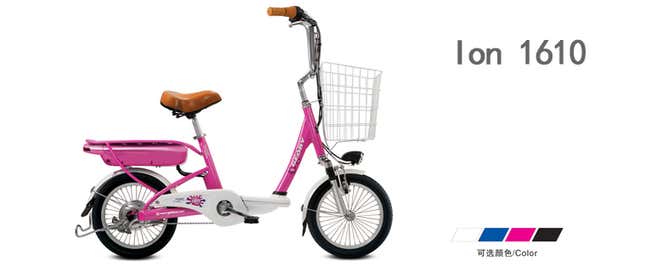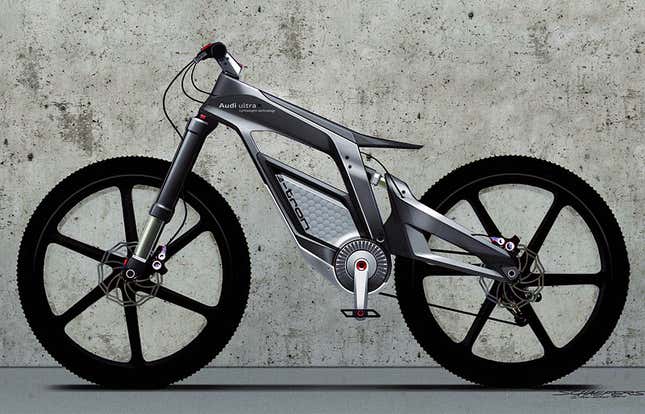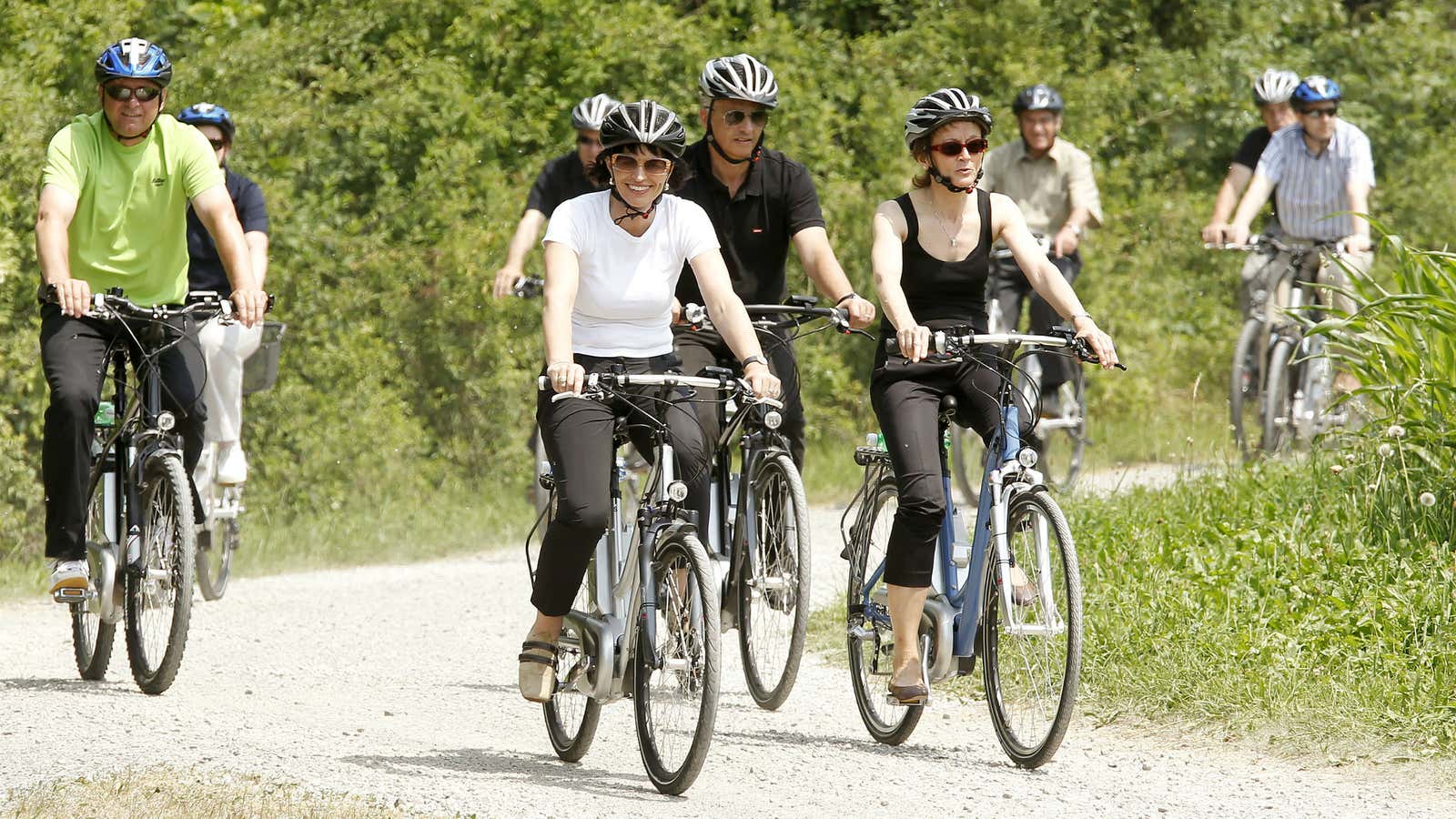Lawmakers, manufacturers and transportation experts have focused much of their attention on electric cars, with still-disappointing results, but consumers in many parts of the world are embracing electric bikes, which in addition to the usual pedals have small battery-powered motors to speed things along.
The number of electric-powered bicycles in China just passed the 200 million mark (link in Chinese), manufactures are reporting 200% annual sales growth in Brazil, sales are strong in Europe and the Philippines is ordering 100,000 electricity-powered three wheelers, just one of several Asian nations investing in e-bikes.
E-bikes normally travel at speeds of 20 to 30 mph (32 to 48 kph), they charge from a regular electric socket and starting at about $1,000 per bike they’re rather affordable, at least compared to electric cars. You can even build one yourself for much less. They also can eliminate a notorious bike commuter fear—the sweaty arrival to the office in a suit that’s going to smell funky all day—and allow older and less physically fit riders more mobility than a traditional bicycle.
Strangely, most US politicians are doing little to encourage their use, and some are actively discouraging it. Although President George W. Bush signed a 2002 federal law that exempts electric bikes with speeds under 20 mph and less than 750 watts of power from state motor vehicle licensing requirements, individual states have introduced at least 47 different was of clamping down on their use. The confusion has spawned websites to address questions like “Is my e-bike legal?, and helped to keep sales low. Of the 29.3 million e-bikes sold in 2012, just 53,000 were sold in the US, according to Navigant Research.
With traditional bicycle use growing in many US cities, there is also a brewing culture clash between traditional bike purists and e-bikes over whether the motorized versions should be used in bike lanes or relegated to the regular roads, and whether using an e-bike is “cheating.”
Some US cities, citing safety concerns, have banned them altogether: New York outlawed e-bikes in 2012 as part of a war against reckless delivery people, a move critics said was akin to making cars illegal because of drunk drivers. In April, Manhattan’s City Council voted to fine businesses as much as $250 just for having an e-bike on the premises.
In Europe, on the other hand, even as car sales stalled in the years since the 2008 global recession, sales of e-bikes have skyrocketed in recent years, up 47% since 2010, Bike Europe reported. “Even in times of crisis, as well as rainy summers and harsh winters, e-bike sales are on the rise,” the bicycle enthusiast website noted. Here’s their compilation of all the European countries that broke out e-bike sales by unit:
Source: ZIV, RAI Vereniging, Velosuisse, CNPC, ANCMA, Arge Zweirad
China dominates e-bike sales and manufacturing—an estimated 90% of the world’s e-bikes are sold in China and the majority of them are made there, like this Goeby cycle that comes in pink, black or blue:

Western carmakers are slowly starting to show some interest. Last year, German carmaker Audi rolled out a sleek prototype e-bike capable of going 80 kilometers (50 miles) an hour, with a carbon frame and a small, light, easy to change battery pack so riders could carry extras with them.

E-bike enthusiasts like to say that the bikes exact an even smaller environmental toll than traditional, non-motorized bicycles, because the electricity they rely on is actually a much more efficient converter of fuel to power than the human body, which needs more fuel in the form of food when you’re riding a normal bike.
The bikes take the “hills out of riding,” one septuagenarian rider in Manhattan told The New York Times in 2010, dubbing them “marvelous.” If he’s still riding the bike around the city, he’s probably being ticketed right about now.
Jennifer Chiu contributed reporting.
